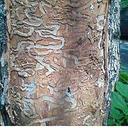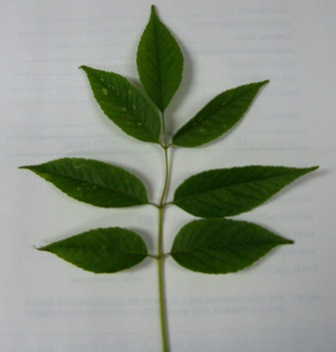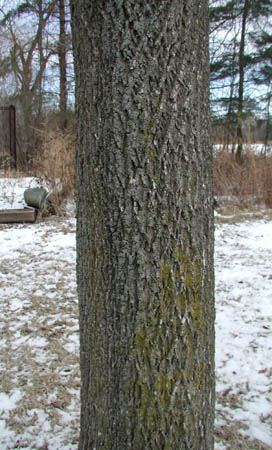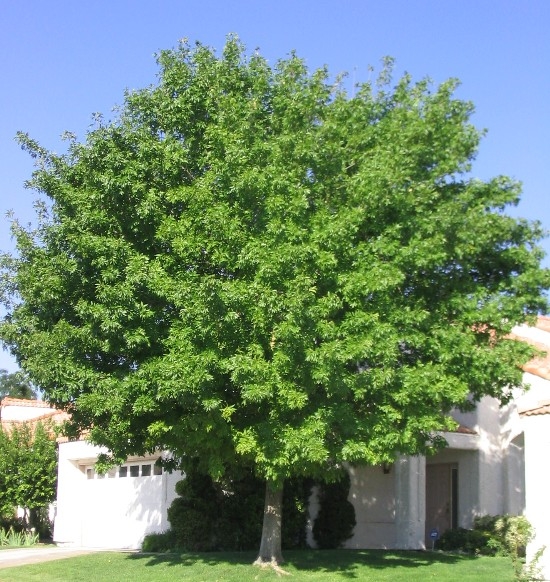What does Arbor Doctor Do?
Arbor Doctor uses a method known as trunk injection. This method is found to be 95% effective in field tests in Michigan forests. The chemical is also backed by the USDA for its safety.
Trunk injections method is a primitive method using a drill to make holes in the trees and letting them take the chemical into the living area of the tree. This method is the equivalence of getting a shot at the doctors office. It also allows the tree to get all of the chemical it needs to stave off the dreaded emerald ash borer in the shortest period of time.
Watch for



Watch for


What can you do about Emerald Ash borer??
Emerald Ash Borer is here and a major threat to our 900 million ash trees. Unlike Dutch elm disease this can easily be stopped. The experts at Arbor Doctor are here to help you with our best price guarantee. We will match any price that is given to you.
Ash tree
Fraxinus, English name ash, is a genus of flowering plants that is very common in Minnesota. They are mostly deciduous, but in Minnesota all species of ash are deciduous. The DNR of Minnesota estimates that there are 998 million ash trees in the state. This accounts for nearly 20% of the ash trees in the country. Ash tree's wood is hard, dense, strong, and elastic making it great for baseball bats. White and green are the most common species of ash trees in Minnesota. Black ash are rarer than green and white, but are more common than blue ash. All four ash species are host trees of Emerald ash borer.
Ash are know to be very hardy trees and grow in very adverse situations. These trees were planted in the 1960's and 1970's to replace the elm trees that died of Dutch elm disease. Water requirements are very low and they typically grow very fast. Ash leaves are rarely fed upon, because the cuticle is very thick. They rarely shown signs of stress from nutrient deficiency.
Leaves: opposite arrangement, pinnately compound
Seeds: "keys"/"helicopter" fruit known as a samara
Canopy Shape: decurrent, ovoid crown
Height: medium to large 50'-100' at maturity
Bark: thick, gray, interlaced ridges forming diamond cavities
How to tell if your ash tree is sick
If your ash tree is under stress the tree will show signs to tell you something is wrong. Every disease has different symptoms, and often understanding what a healthy tree looks like is the best way of determining something is wrong. Ash trees are known to have a quick leaf drop with most people observing leaves dropping in the matter of a few days. They are one of the last trees to drop their leaves for the winter. It is also very normal to have dead sticks falling from the interior of the tree. This is due to the heavy canopy of this great shade tree.
Insect damage on these trees will show signs sporadically with insects affecting individual areas and moving around the tree in groups. Insects boring inside the tree can kill the tree, and will show signs of damage in the dieback of the canopy. Fungal and bacterial diseases tend to start in random areas and often spread to the entire tree. Dieback near the canopy edges will always be a sign of major disease or insect infestation in ash trees. Knowing what is the issue can help save your tree from death in most cases. Contact an arborist at Arbor Doctor today to help save your valuable ash trees.
*Click on names for more information*








